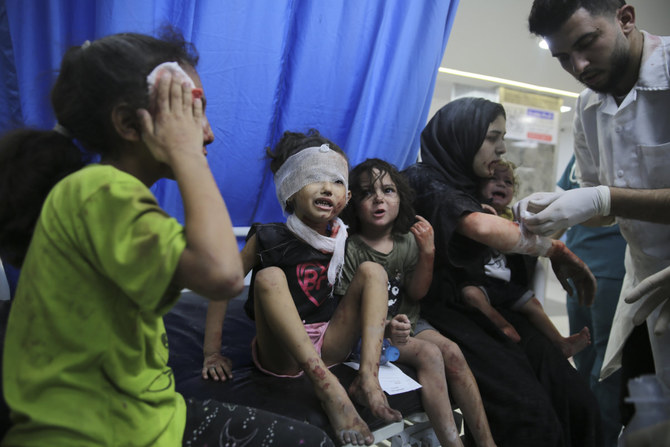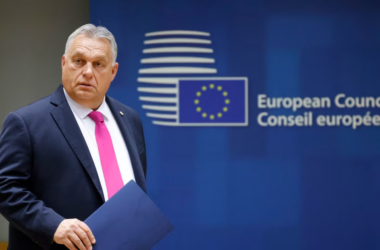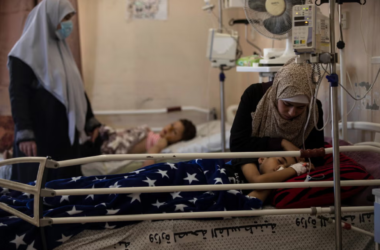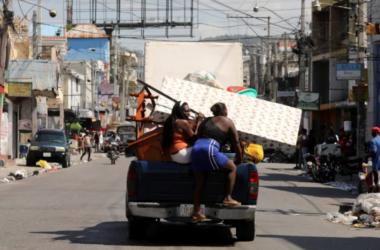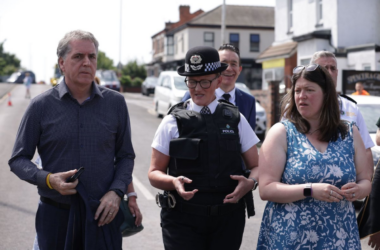As the war in Gaza drags on with no end in sight, the suffering of the enclave’s most vulnerable—its children—continues to escalate. The ongoing conflict, now in its tenth harrowing month, has not only brought the horrors of violence and displacement but also unleashed a silent epidemic of skin diseases, exacerbated by the dire living conditions imposed by the siege.
Three-year-old Yasmine al-Shanbari is one of thousands of Gaza’s children who bear the scars of this war, not just in their hearts but visibly on their skin. Living in the Jabalia refugee camp, Yasmine’s tiny body is covered with red, scratchy patches, a painful reminder of the unsanitary conditions she has been forced to endure. Her father, Ahmed, can do little but watch helplessly as her condition worsens. The lack of clean water, medicine, and functioning hospitals has left him and countless other parents without the means to alleviate their children’s suffering.
The war has turned Gaza into a humanitarian nightmare. The siege has cut off access to clean running water, leaving the population to rely on contaminated sources that contribute to the spread of diseases. Raw sewage flows openly through the streets, creating breeding grounds for insects and bacteria that further exacerbate the health crisis. In this environment, skin diseases are just one of many afflictions plaguing Gaza’s children. Hepatitis A and polio, both preventable diseases, are also on the rise, according to the World Health Organization (WHO).
The international community has sounded alarms, but these warnings have yet to bring about the necessary relief. UN agencies have highlighted the catastrophic collapse of Gaza’s waste management system, which has left the streets filled with rotting garbage under the scorching summer sun. The humanitarian aid that does manage to reach Gaza is often insufficient, and the distribution of what little aid there is remains a contentious issue.
Meanwhile, hospitals like Kamal Adwan, already crippled by previous airstrikes, struggle to cope with the influx of sick and injured children. Two-year-old Ammar al-Mashharawi lies in one such hospital, his body ravaged by a fiery red rash. His father, Ahmed, has made desperate trips to multiple hospitals in search of medicine, but his efforts have been in vain. The situation, as he describes it, is “indescribable.”
The tragedy of Gaza’s children is a stark reminder of the human cost of this prolonged conflict. As the war rages on, their suffering deepens, and the scars—both visible and invisible—continue to grow. The international community must do more than just watch; it must act to bring an end to their pain and restore their basic human rights.




